How to get URL link on X (Twitter) App
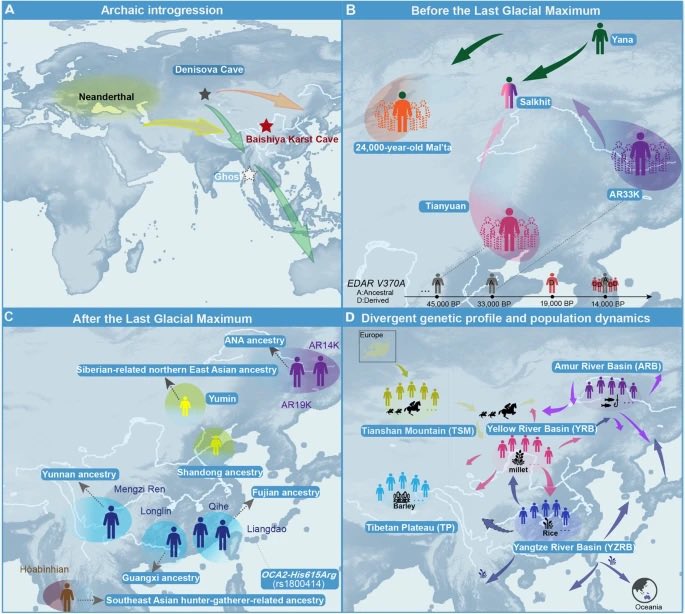

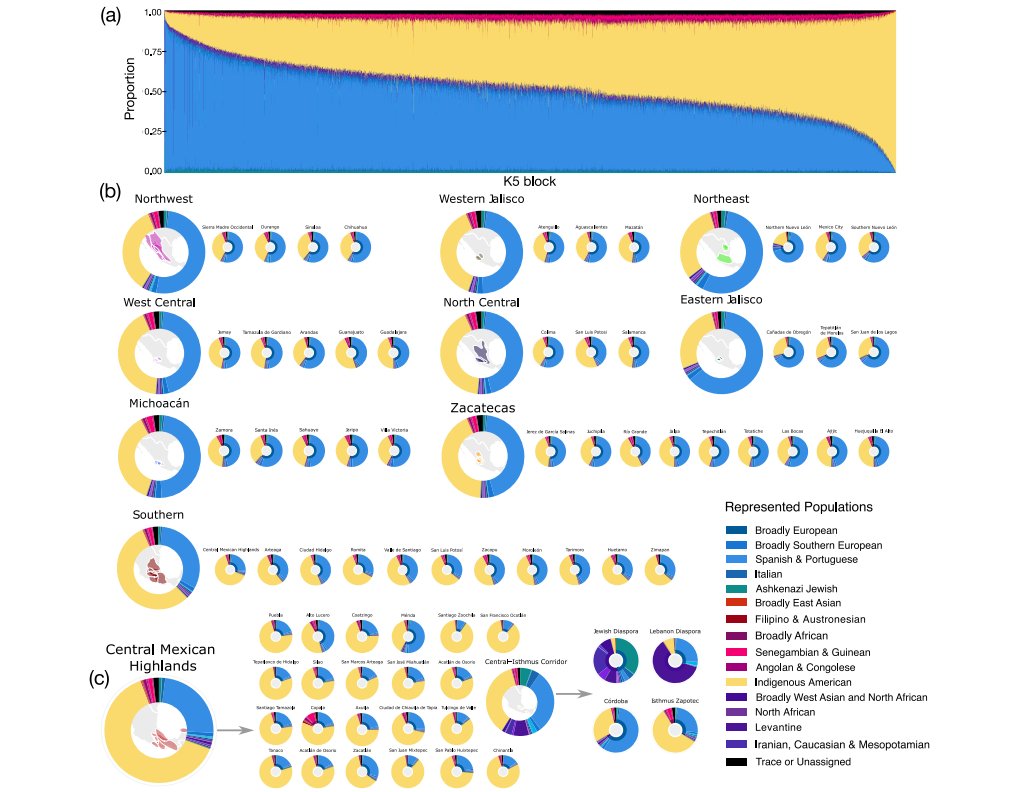
 "Fully Bayesian framework that models IBD sharing with a generative planted-partition stochastic block model (PPSBM). To benchmark accuracy, we simulated genomes under recent population divergence and compared PPSBM estimates with those from the widely used Leiden community-detection algorithm. The PPSBM correctly assigned 81.0% of individuals on average versus 67.0% for Leiden, outperforming Leiden in 92.0% of replicates."
"Fully Bayesian framework that models IBD sharing with a generative planted-partition stochastic block model (PPSBM). To benchmark accuracy, we simulated genomes under recent population divergence and compared PPSBM estimates with those from the widely used Leiden community-detection algorithm. The PPSBM correctly assigned 81.0% of individuals on average versus 67.0% for Leiden, outperforming Leiden in 92.0% of replicates."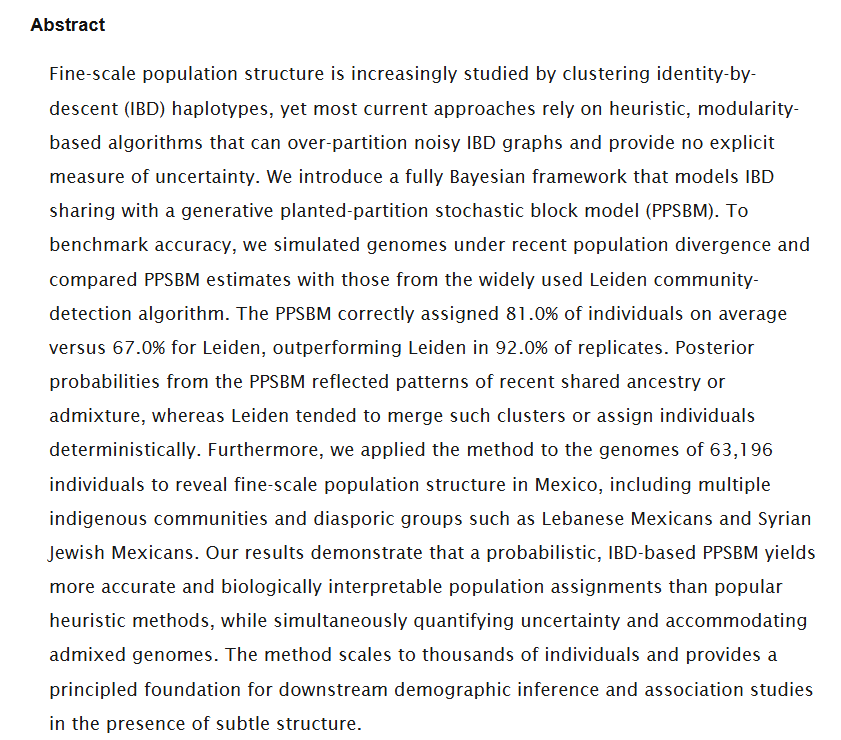


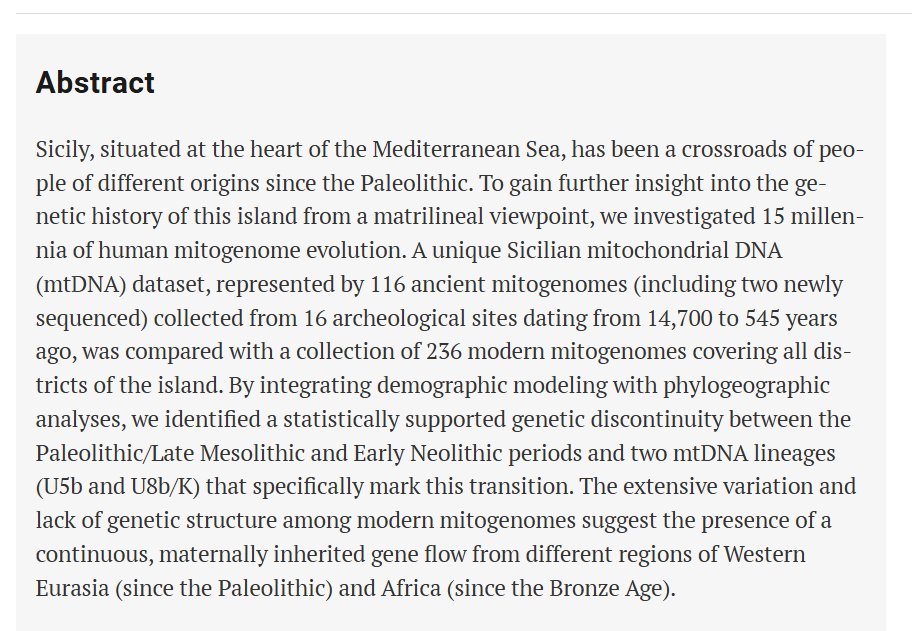
 Origin of mitogenomes and haplogroup frequencies.
Origin of mitogenomes and haplogroup frequencies. 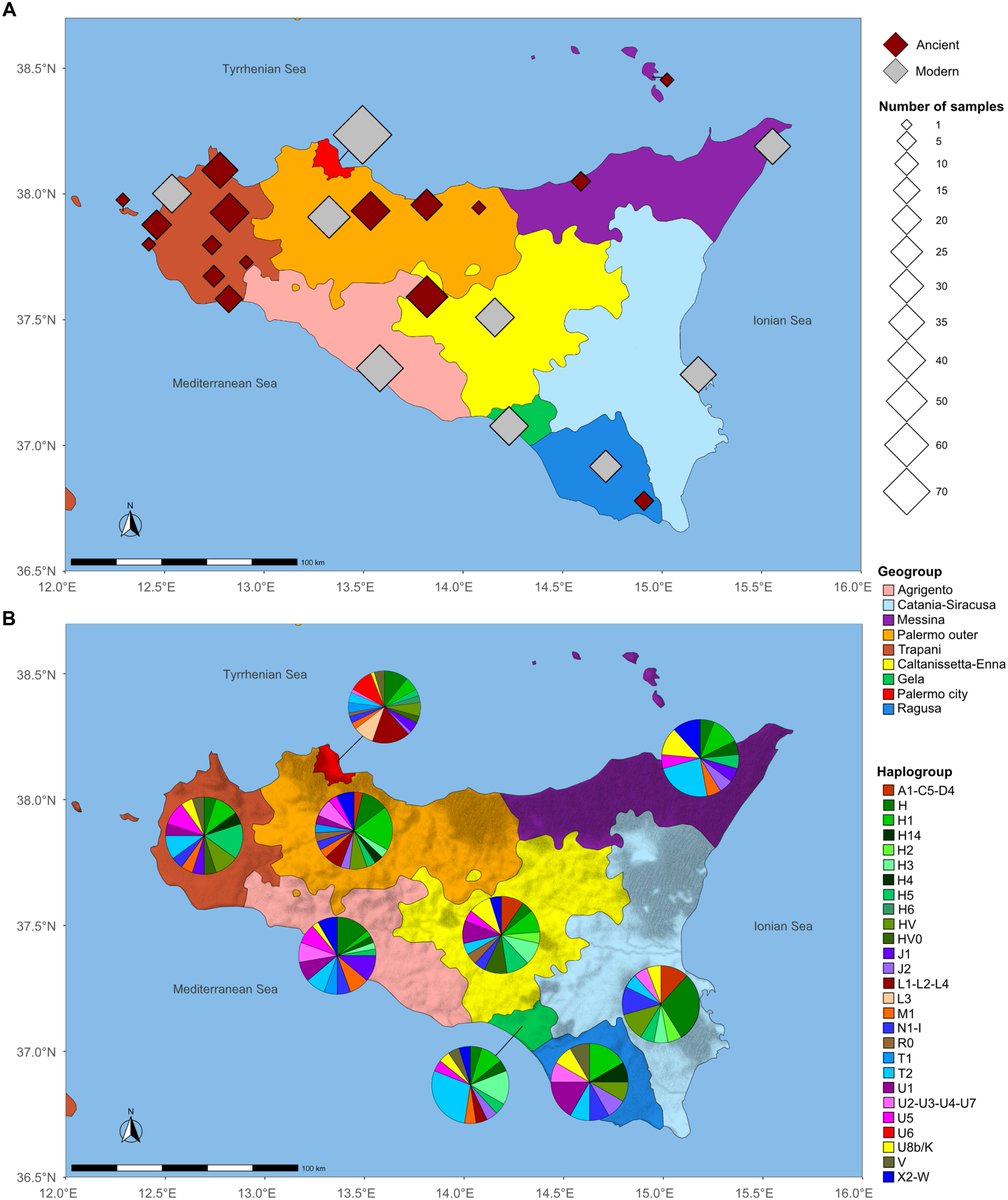

 The Neolithic transition had limited effect on stature
The Neolithic transition had limited effect on stature 



 Fig. 1. The location and the archaeological information of Li Dan’s tomb. (A) The location of Li Dan’s tomb and the approximate geographical territories of Northern Zhou (572 CE) and Jibin. (B) Plan view of Li Dan’s tomb. (C) Epitaph of Li Dan. Please refer to the supplementary materials for detailed information and further explanation of the epitaph. (D) Incised drawings on the front end plate of the stone coffin. (E) Obverse and reverse of the gold coin from the reign of Emperor Justinian I of the Eastern Roman Empire.
Fig. 1. The location and the archaeological information of Li Dan’s tomb. (A) The location of Li Dan’s tomb and the approximate geographical territories of Northern Zhou (572 CE) and Jibin. (B) Plan view of Li Dan’s tomb. (C) Epitaph of Li Dan. Please refer to the supplementary materials for detailed information and further explanation of the epitaph. (D) Incised drawings on the front end plate of the stone coffin. (E) Obverse and reverse of the gold coin from the reign of Emperor Justinian I of the Eastern Roman Empire.

 Archaeological site of Koken.
Archaeological site of Koken.
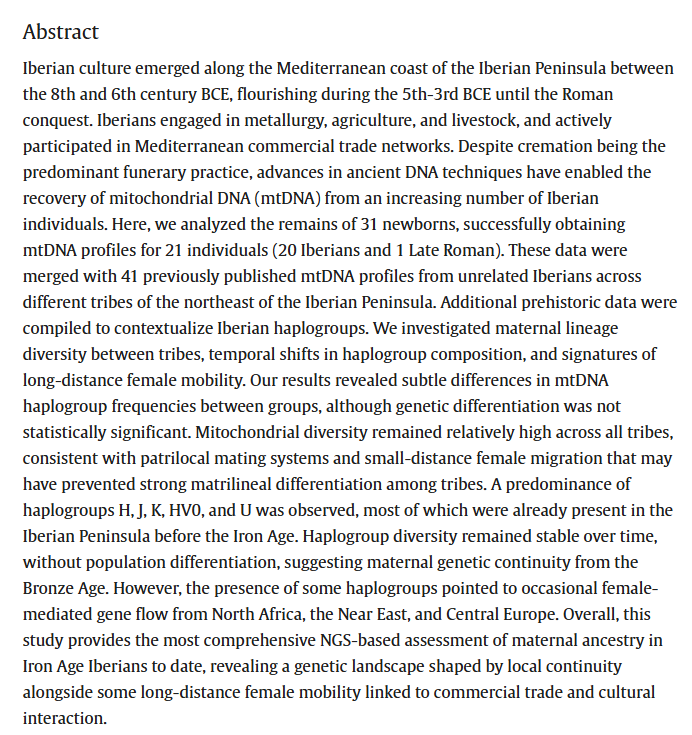
 ENA project for data
ENA project for data
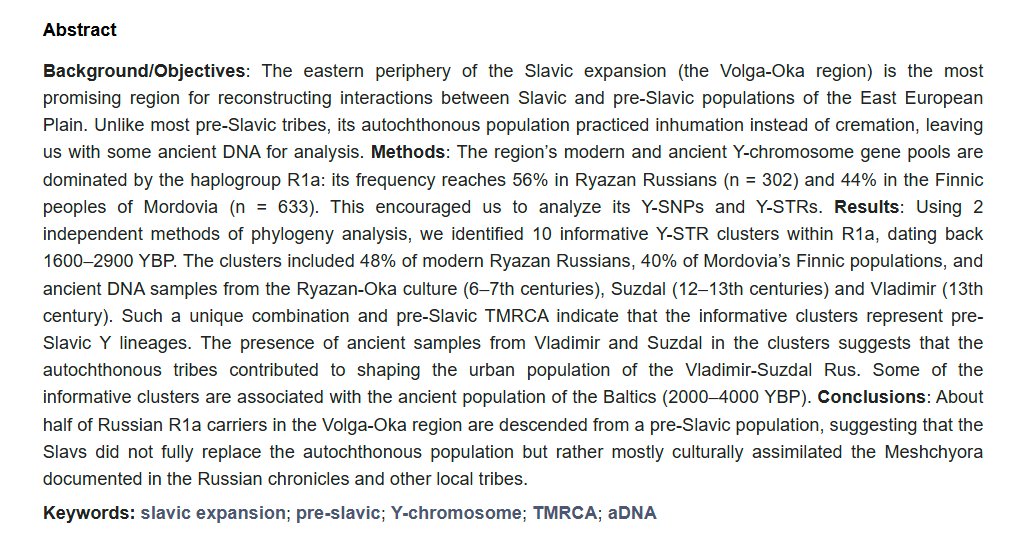
 Table 1. Frequencies of Y-chromosome haplogroups (%) in the indigenous populations of the Volga-Oka region (Russians from the east of the Ryazan region and Mordovia’s Erzya, Shoksha and Moksha).
Table 1. Frequencies of Y-chromosome haplogroups (%) in the indigenous populations of the Volga-Oka region (Russians from the east of the Ryazan region and Mordovia’s Erzya, Shoksha and Moksha).
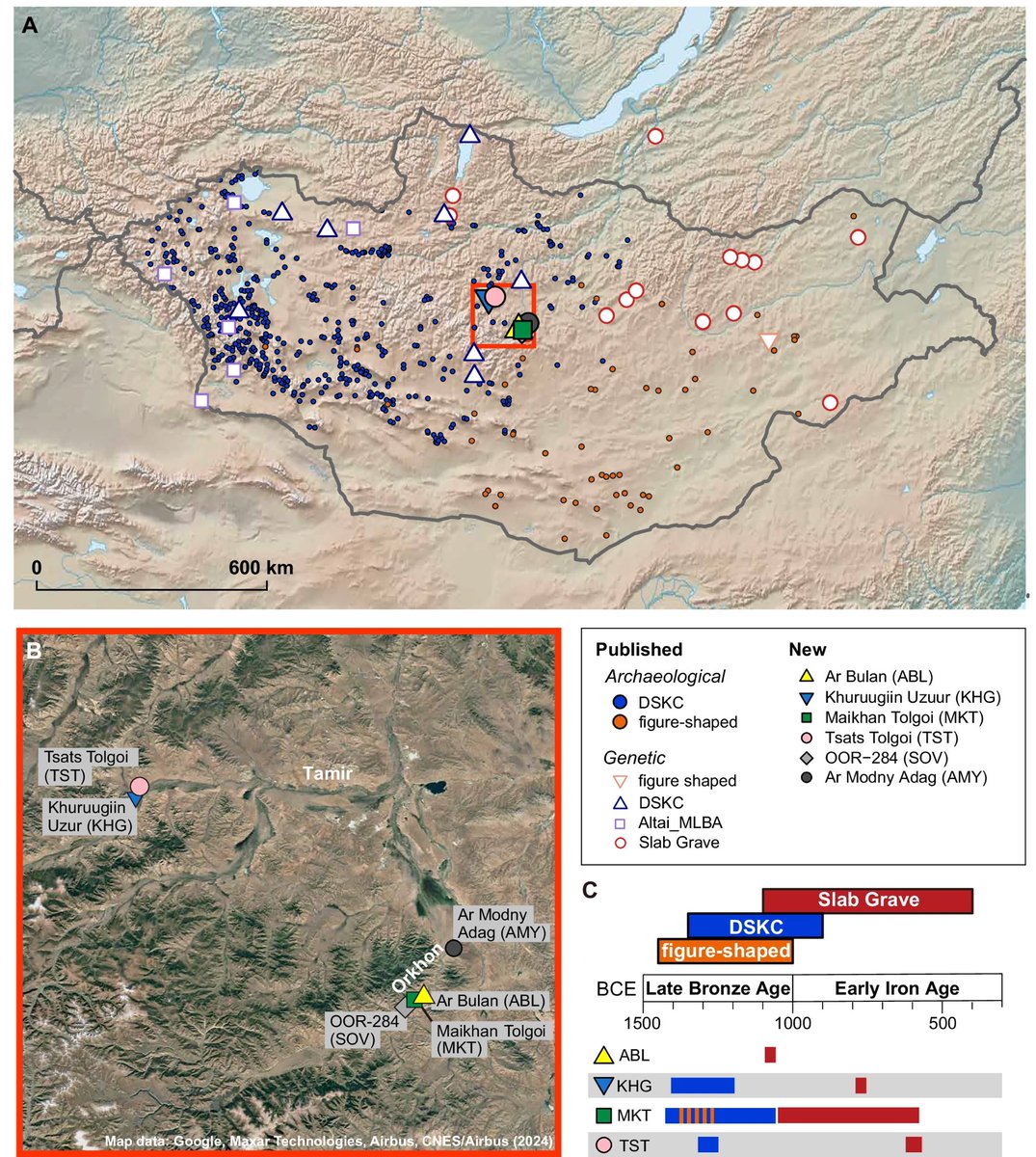

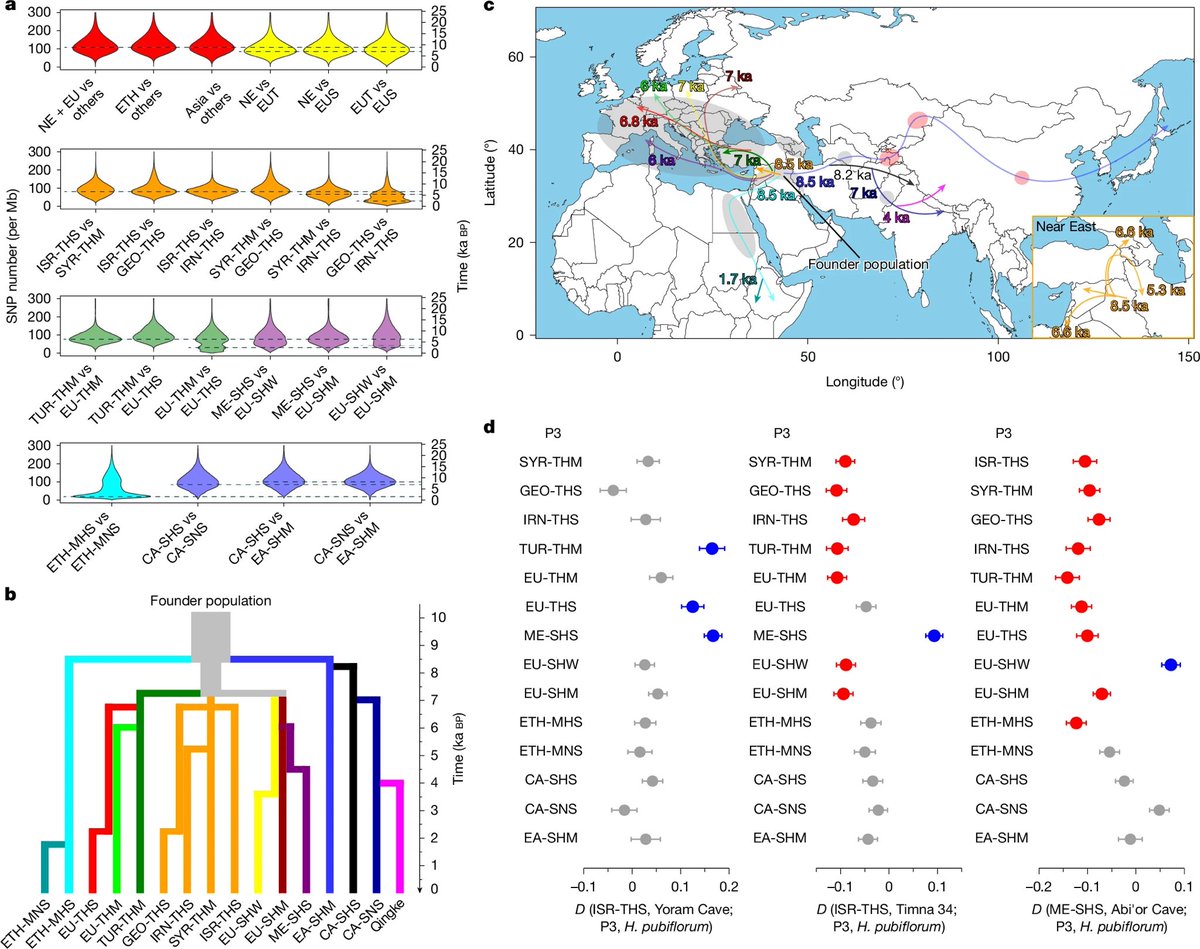
 Extended Data Fig. 11: Schematic diagram of barley crop evolution.
Extended Data Fig. 11: Schematic diagram of barley crop evolution. 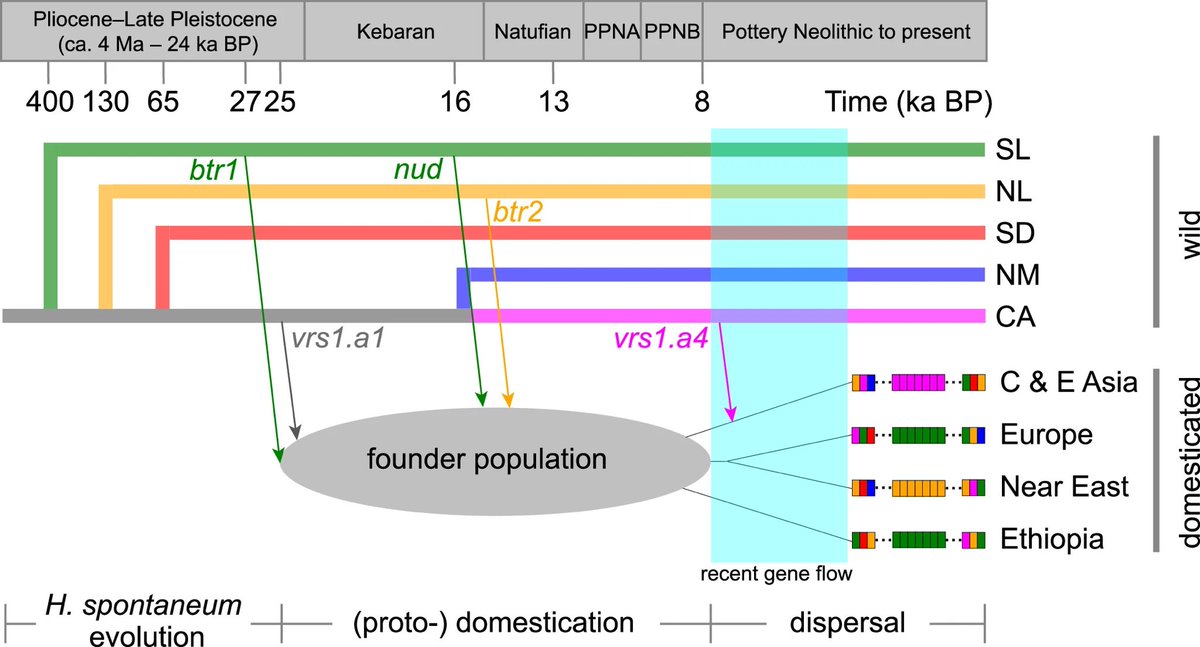

 Figure 2. Sample Locations Map. Distribution of 1,800 ancient DNA samples analyzed in this study. Samples span from the Baltic region to the Balkans and from Western Europe to the Pontic Steppe, covering the period 500 BCE-1200 CE. Larger circles indicate sites with multiple individuals. Red markers indicate Slavic and proto-Slavic populations, blue markers indicate reference populations, and gray markers indicate comparative populations. Sample density is highest in the Carpathian Basin and Western Balkans, reflecting the focus on Avar Khaganate and Croatian ethnogenesis.
Figure 2. Sample Locations Map. Distribution of 1,800 ancient DNA samples analyzed in this study. Samples span from the Baltic region to the Balkans and from Western Europe to the Pontic Steppe, covering the period 500 BCE-1200 CE. Larger circles indicate sites with multiple individuals. Red markers indicate Slavic and proto-Slavic populations, blue markers indicate reference populations, and gray markers indicate comparative populations. Sample density is highest in the Carpathian Basin and Western Balkans, reflecting the focus on Avar Khaganate and Croatian ethnogenesis.

 Geography-related genetic differentiation among 47 Turkic groups across Eurasia
Geography-related genetic differentiation among 47 Turkic groups across Eurasia 








